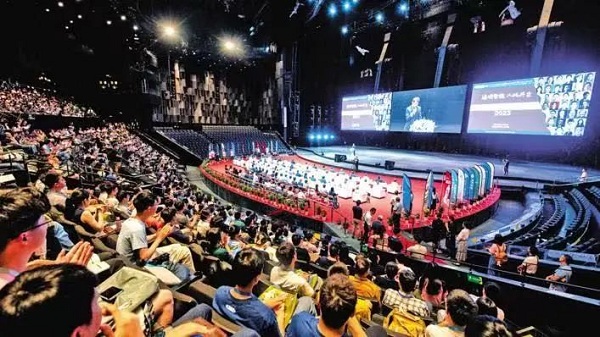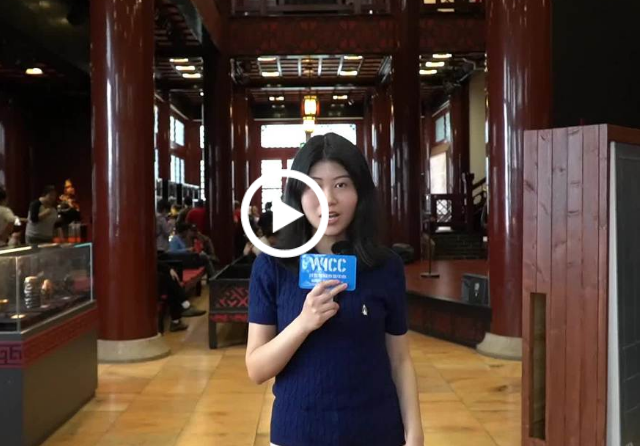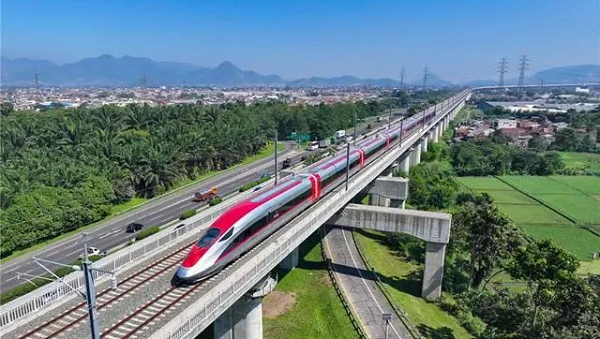2 national academic conventions take place in Wuhan

The audience at the ACM Turing Award Celebration Conference China 2023 in Wuhan on July 29. [Photo/WeChat account of Optics Valley of China]
The ACM Turing Award Celebration Conference China 2023 (ACM TURC 2023) and the Academic Convention for the Chinese Optical Society kicked off on July 29 in Wuhan, Central China's Hubei province.
Optics and computer science are essential foundations of the two national strategic industries – optoelectronic information and artificial intelligence (AI). The two academic conferences were held in Wuhan for the first time, highlighting Hubei province's position in the regional development pattern.
As the core technology of the fourth industrial revolution, AI releases enormous energy for scientific and technological revolution and industrial transformation, which has significant and far-reaching impacts on economic development, social progress, and the international landscape.
Vinton Cerf, known as the "father of the internet", and academician Mei Hong from the Chinese Academy of Sciences, served as the chair of the academic advisory committee for this conference.
Attendees of the conference included Cao Dewang, chairman of Fuyao Group Co, John Hopcroft and Yao Qizhi, Turing Award laureates, and Zhu Songchun, director of Beijing Institute for General Artificial Intelligence, as well as domestic and international top scholars, entrepreneurs, and practitioners in the computer industry.
Zhu Songchun believes that with the advent of the AI era, there will be new conflicts and integration between human civilization and AI. The development of general AI will reshape human civilization.
He proposed using mathematical models to empower humanities, social sciences, philosophy, arts, and other disciplines, providing new methods, models, and theoretical tools for developing humanity disciplines.
At the conference, industry representatives from Alibaba Cloud, JD, and Huawei shared relevant application cases. Alibaba Cloud put forward the concept of Model as a Service (MaaS) last November, and launched the open-source AI community ModelScope (MoDa), which can provide users with numerous pre-trained basic models. With just a little fine-tuning for specific scenarios, they can be quickly put into use, further reducing the threshold for AI development.
The Academic Convention for the Chinese Optical Society kicked off in the East Lake High-the Development Zone (also known as Optics Valley of China, or OVC), attracting over 1,700 experts, scholars, and entrepreneurs.
From light bulbs for illumination to smartphone screens, from cameras to laser radar, from laser cutting to medical instruments, and broadcasting communication to fiber optics that enable everything to be interconnected, optics and optoelectronic technology as an essential foundation of the next-generation information technology, is regarded as one of the most critical technologies driving human progress in the 21st century. They exist in every aspect of our lives, changing the world.
By the end of 2022, OVC has cultivated seven 10-billion-yuan ($1.4 billion) leading manufacturers, ten national manufacturing champions, and 60 State-level little giant companies and has formed more than 3,000 influential independent brands in the optoelectronic field.




